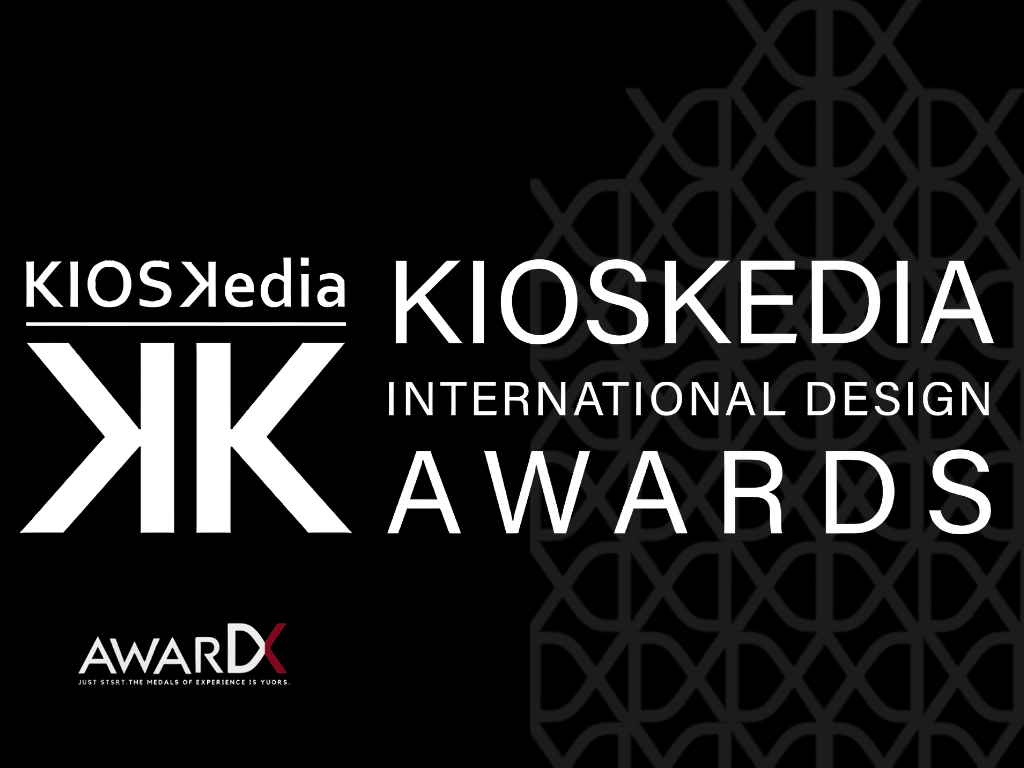Kioskedia Design Award — A Practical Guide for Creators, Curators and CEOs
Kioskedia is an international design award that spotlights projects which combine craft, manufacturability and cultural resonance. More than a trophy, it is a platform: jury validation, editorial visibility, curated exhibition opportunities and specification-ready documentation for designers who want their work to move from concept into real-world adoption. This long-form guide explains Kioskedia’s history and structure, how the competition evaluates work, step-by-step advice on preparing a winning submission, and a practical roadmap for turning a design idea into an award-winning product.
Why Kioskedia matters
Kioskedia emphasizes designs that are not only beautiful but also buildable, meaningful and context-aware. For design studios, product teams and independent makers, winning or even being shortlisted in Kioskedia can open doors to press, showrooms, manufacturers and trade buyers. For brands and executives, Kioskedia-referenced credentials reduce perceived risk when selecting new designers or product lines.
A short history and mission
Founded in the 2010s by a small group of designers and curators, Kioskedia began as a curated showcase for design projects that tell a local story while remaining globally relevant. Over successive editions the award expanded into multiple categories and established an international jury composed of design academics, editors, museum curators and industry leaders. Its stated mission is to surface projects where concept, craft and commercialization potential align — celebrating work that is honest about materials, process and context.
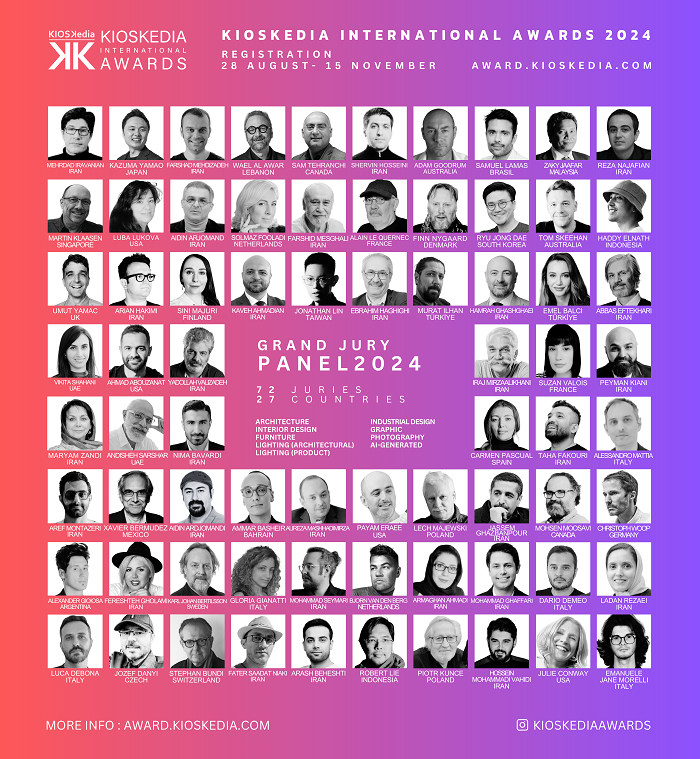
Core values and evaluation philosophy
Kioskedia evaluates projects against a blend of creative and pragmatic criteria. The highest-scoring entries typically demonstrate:
Conceptual clarity: a distinct idea or problem statement.
Material & process intelligence: deliberate choices that show craft and repeatability.
Manufacturability: clear routes to production, from small-batch craft to industrial scaling.
User experience & functionality: the design must work well for real users.
Cultural relevance: a narrative or contextual depth that enriches the object.
Sustainability & lifecycle thinking: durable, repairable or low-impact solutions score highly.
These values encourage entrants to present both the poetic idea and the pragmatic means of realization.
Competition structure — categories and sections
Kioskedia typically accepts entries across multiple categories to reflect the full spectrum of contemporary design:
Product & Industrial Design
Furniture & Interior Objects
Lighting & Environmental Systems
Jewelry & Wearable Objects
Mobility & Transportation Concepts
Architecture & Installations
Conceptual & Experimental Projects
Digital Products & UX Prototypes
Each category has dedicated jurors and evaluation rubrics tuned to its specific expectations (e.g., durability and ergonomics for furniture; interaction and accessibility for digital products).
Who can enter and eligibility
Entries are usually open to individual designers, small studios, academic projects, startups and established brands. Typical eligibility rules include:
The project can be a finished product, prototype or a well-documented concept.
Projects previously entered in Kioskedia may not be re-submitted in identical form in subsequent editions (check current rules).
Team and company information should be truthful and up-to-date.
Intellectual property must be respected: don’t submit work that infringes third-party rights.
Always read the current year’s official eligibility and submission terms before preparing materials.
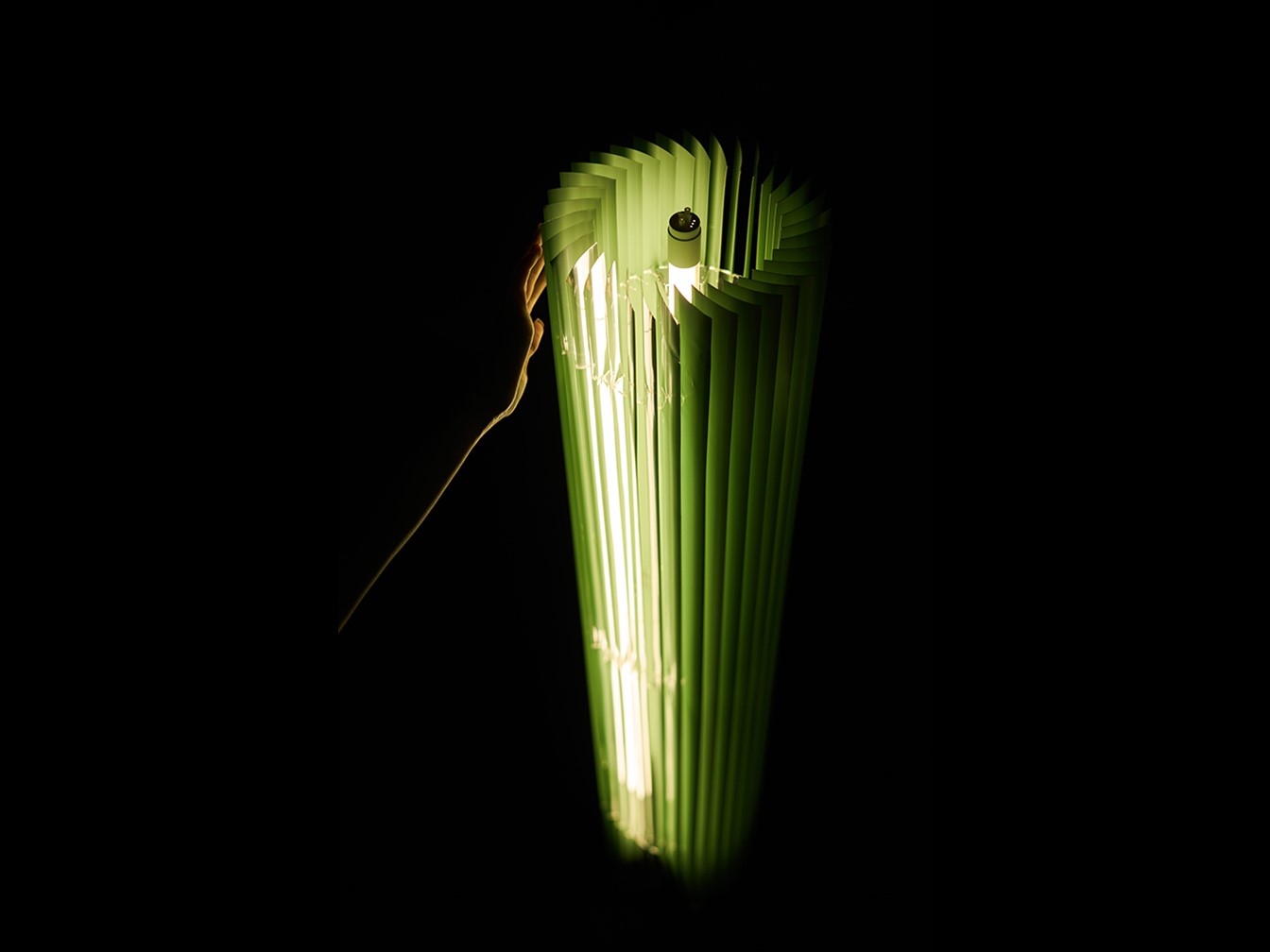
How to prepare your submission — the essential deliverables
Kioskedia favors transparent documentation that tells the full story. A strong submission typically includes:
Executive summary (150–300 words): What the object is, who it serves, and why it matters.
Concept statement (500–800 words): The design brief, inspirations, constraints and targeted user need. Describe the problem you solved and why your solution is different.
Process documentation: Show the development arc — sketches, mood boards, CAD renders, prototyping photos, and failure-and-learnings. The jury wants to see how the idea matured.
High-quality visuals: Hero photograph, multiple contextual shots, detail close-ups, exploded views or diagrams. Use high-resolution files and clear captions.
Technical data sheet: Materials, dimensions, weight, tolerances, manufacturing process, assembly instructions, and typical BOM (bill of materials).
Prototype & test evidence: Photos or video of functional prototypes, usability testing, load tests, thermal tests or other engineering validation.
Sustainability notes: Material sourcing, recyclability, lifecycle thinking, and maintenance strategy.
Commercial pathway: Outline how the product can be manufactured and sold—manufacturing partners, estimated unit cost ranges, packaging and distribution notes.
Video (optional but powerful): 60–120 second clip showing product use, transformations, or assembly. Motion often clinches a jury’s understanding of complex behavior.
Team & contact: Short bios, role descriptions and contact details.
Submissions that hide process or provide only polished final images without evidence of feasibility score lower.
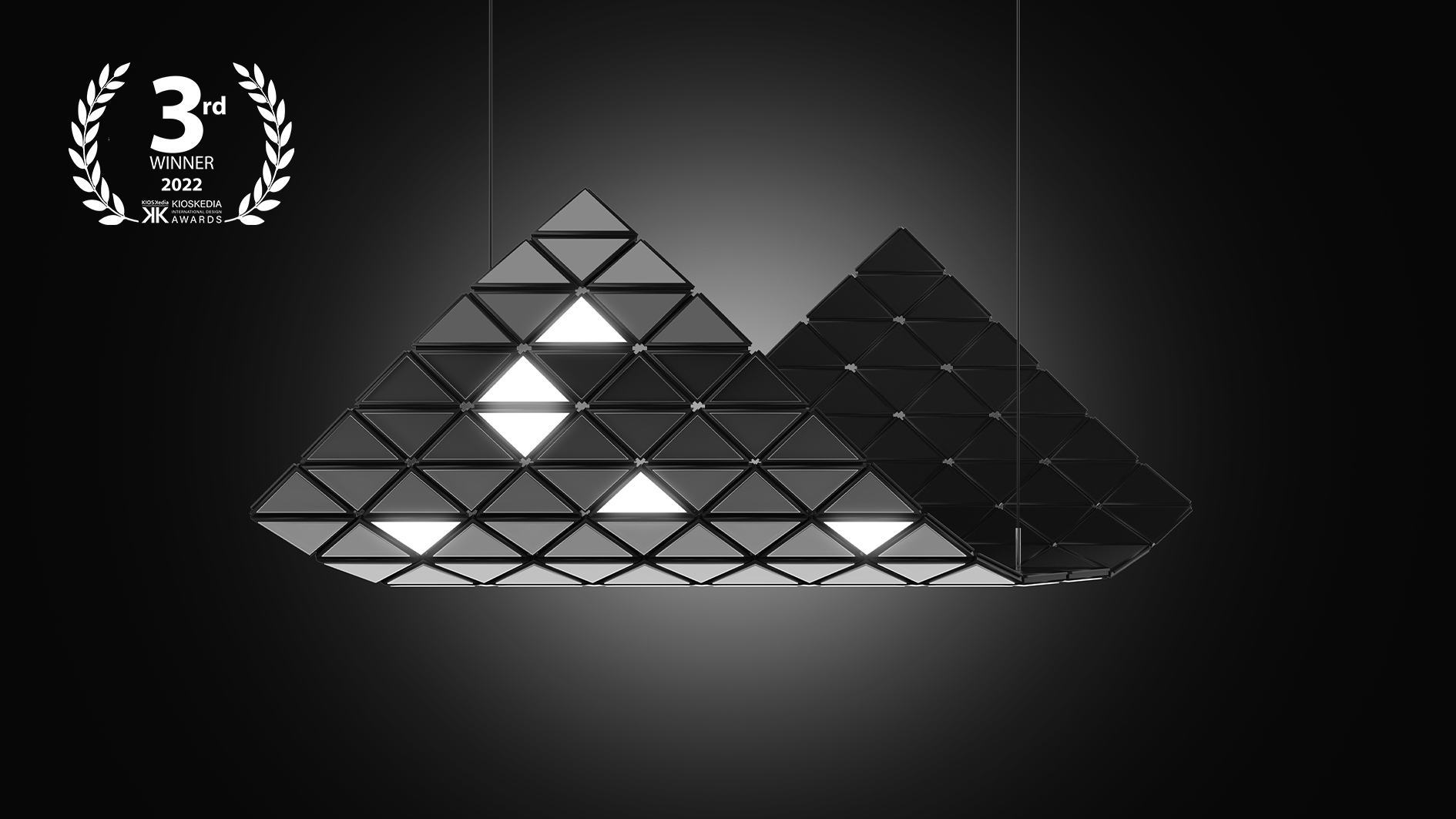
From idea to awardable product — the development roadmap
Designers who convert concepts into award-ready products typically follow a disciplined pathway:
Research & problem definition: Identify user needs, market gaps and cultural context. Map functional requirements.
Concept generation: Rapid sketching and divergent thinking to generate multiple approaches; select 2–3 directions to prototype.
Low-fidelity prototyping: Cardboard, foam, or 3D-printed study models to test scale, posture and basic ergonomics.
Medium/high-fidelity prototyping: CNC molds, castings, metal bending or integrated electronics to validate function.
User testing & iteration: Real-world trials, feedback sessions and adjustments for comfort, safety and durability.
Materials & finish specification: Select materials for function, cost, appearance and lifecycle.
Manufacturing pilot: Produce small run to test assembly, QA, and supply-chain logistics.
Documentation & certification: Prepare technical sheets, safety testing, compliance statements if required.
Presentation assets: professional photography, video, and concise narrative for submissions.
Document each step: juries value evidence of iteration, problem-solving and material decisions.
Judging criteria — what jurors look for
Although specifics vary by category, traditional judging criteria include:
Innovation & originality — is the design fresh and meaningful?
Functionality & usability — does it solve the stated problem?
Aesthetics & form — does the design have visual clarity and coherence?
Feasibility & manufacturability — can this be produced at scale or in viable small batches?
Sustainability — lifecycle thinking and material responsibility.
Presentation — clarity of submission materials and strength of supporting documentation.
Score sheets often weight feasibility and function heavily — especially for product and furniture categories.
The jury — who evaluates entries and how
Kioskedia invites an international panel of designers, curators, academics and industry leaders. Jurors review submissions independently and convene (physically or virtually) to discuss finalists. The jury process is typically blind for initial rounds (project anonymized) to reduce bias, and later rounds consider team impact and commercial potential. Jurors value transparency: explain trade-offs made in design and manufacturing decisions.
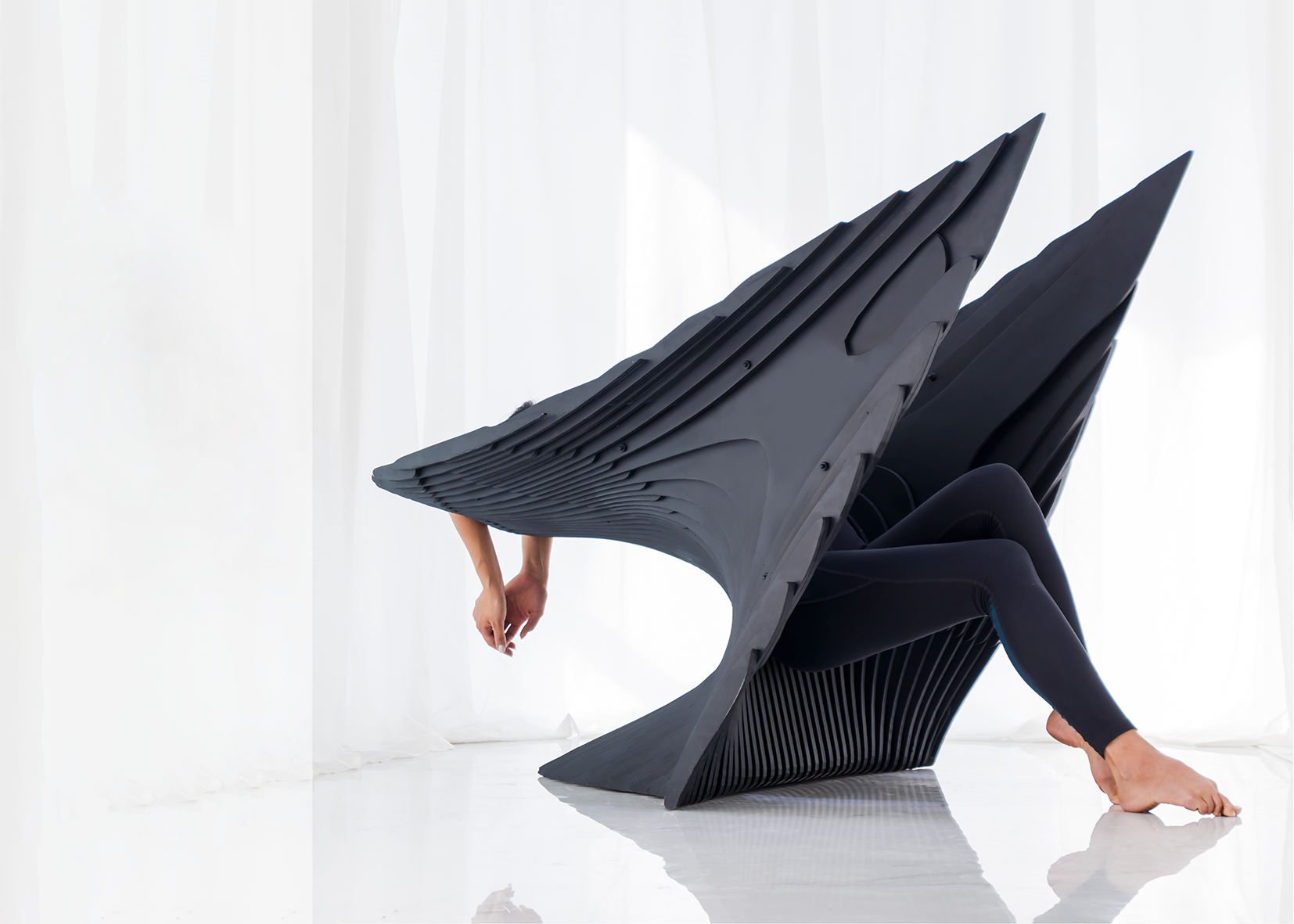
Practical tips for making your submission stand out
Tell the process story: show failures and how you fixed them. Juries reward honest iteration.
Lead with the problem & impact: start with a concise problem statement and measurable outcomes.
Use video for motion or interaction: many judges understand dynamic behavior much better via short clips.
Provide a clear commercial path: show that your product can be manufactured or is already in small-scale production.
Highlight sustainability tangibly: material percentages, end-of-life strategy and repairability matter.
Polish visuals but don’t fake feasibility: avoid over-retouched renders that hide engineering problems.
Optimize file naming and captions: jurors review many entries — clear naming and short captions make navigation easy.
Common submission mistakes to avoid
Insufficient documentation of prototype testing.
Overreliance on speculative CAD renders with no evidence of physical testing.
Ignoring manufacturability or failing to discuss tolerances and joints.
Weak storytelling — judges should quickly grasp why the project exists.
Missing sustainability or lifecycle considerations for object-scale designs.
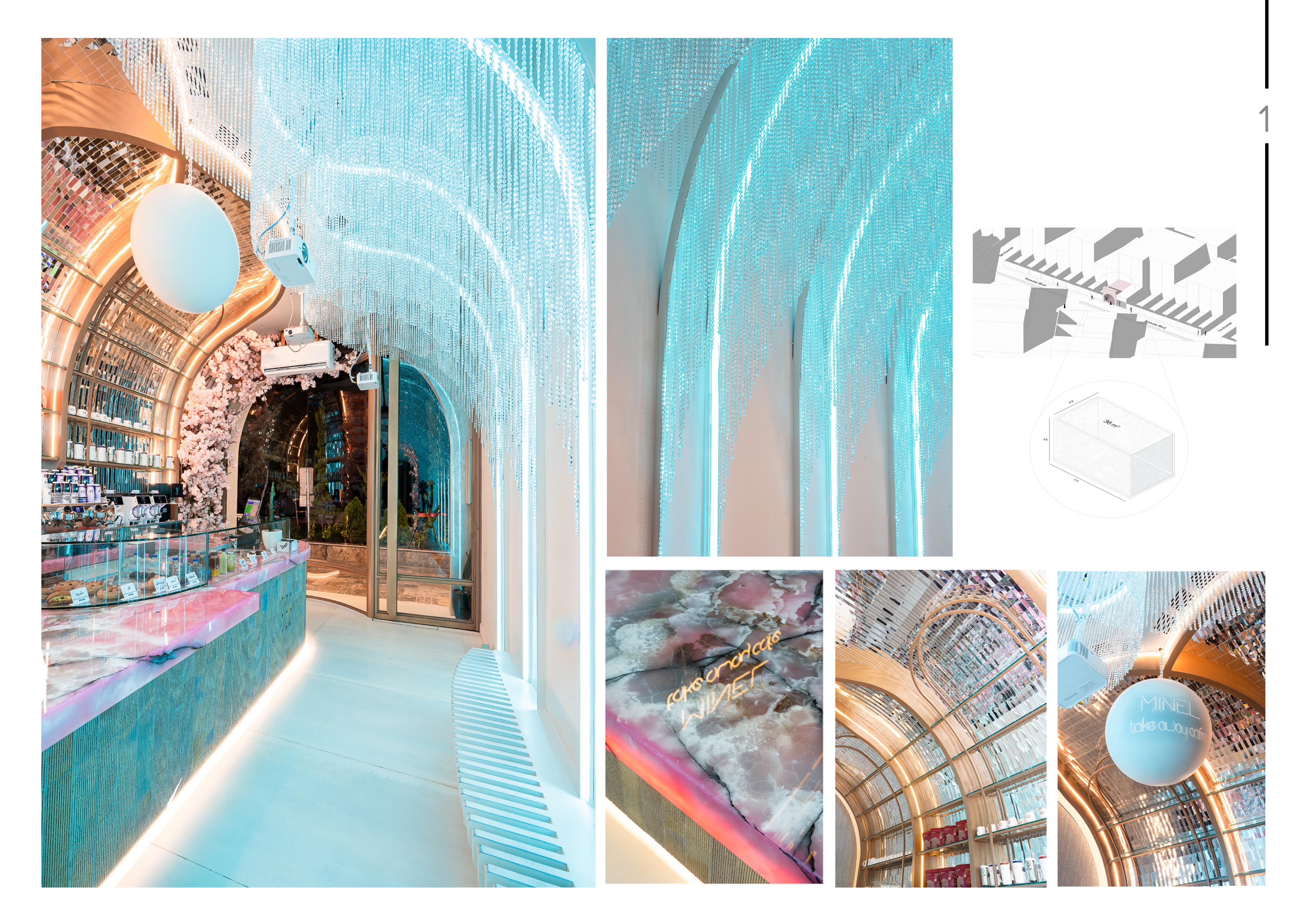
Fees, timelines and practical logistics
Kioskedia typically operates on an annual cycle with submission windows and deadlines. There is often an entry fee to cover jury operations and exhibition costs; fee waivers or discounts may be available for students or underrepresented participants. Winners are announced after jury deliberation and are often invited to a gala or an exhibition. Check the current year’s schedule and fee structure on the official platform before preparing costly production or travel.
Prizes and post-award benefits
Beyond trophies and certificates, Kioskedia often provides winners with:
Curated exhibition placement at partner fairs or galleries.
Press releases and media kits to distribute to design press.
Inclusion in award catalogs and winner directories used by buyers and specifiers.
Opportunities for introductions to manufacturers, retailers or grant organizations.
Use of an award logo for marketing and investor conversations.
These benefits amplify the commercial lifecycle of a product and accelerate adoption.
Intellectual property and legal considerations
Entering a public competition requires care: if your design contains patentable inventions, consider filing provisional patents before public disclosure. Kioskedia generally requires permission to display submitted materials in exhibitions and promotional materials — read terms regarding copyright and usage rights. Maintain clear agreements with collaborators and manufacturers about confidentiality and IP before submitting.
After the award — commercializing and scaling
Winning Kioskedia is a milestone, not an endpoint. The next steps usually include:
Refining production documentation: final BOM, assembly drawings and quality checks.
Pilot production and QA: small runs to fine-tune tolerances, packaging and logistics.
Sales & distribution planning: wholesale pricing, showroom partnerships and online channels.
Marketing & storytelling: leverage award assets (press kit, photos, jury quote) to tell the product story.
After-sales & service: plan warranty, spare parts and repair pathways to support long-term trust.
Treat award recognition as marketing fuel and investor validation to shorten commercial adoption cycles.
How to present “process” effectively in your entry
Kioskedia prizes process-aware projects — show the arc clearly:
Start with research: user interviews, competitive analysis and material sourcing.
Share early failures: what didn’t work and what you learned.
Show iteration: before-and-after photos, version numbers, and rationale for each change.
Include test results: load tests, lifecycle measurements or user metrics.
Conclude with a commercialization plan: who will make it, how much an estimated unit will cost, and who the buyer is.
This narrative proves you didn’t conceive an idea in isolation — you built it.
Case study approach — what a strong dossier looks like
A model submission often comprises:
1 hero image + 4 contextual photographs
1 short video (30–90s) showing the product in use
A 300-word executive summary and a 700–1,000-word process narrative
Prototype test results and a basic technical datasheet
Sustainability statement and commercial path note
This structure balances aesthetics, technical rigour and commercial readiness.
Tips for academic projects and student entries
If you are an academic entrant:
Emphasize research depth and conceptual contribution.
Document learning outcomes and potential real-world applications.
Collaborate with industry partners to create a feasible prototype where possible.
Use institutional credibility (labs, fabrication facilities) to validate production claims.
Educational entries can win if they pair intellectual rigour with tangible feasibility.
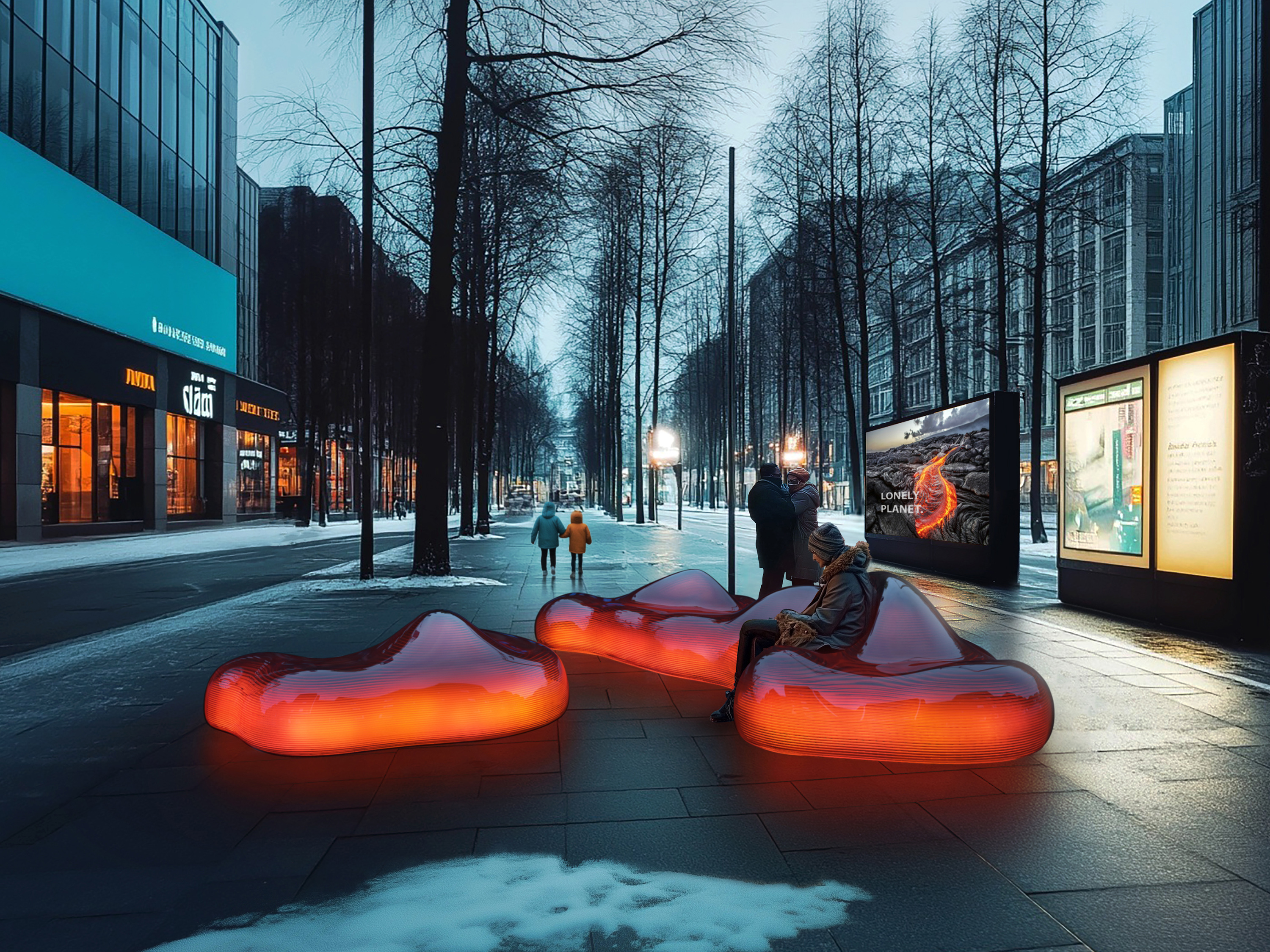
Curator & press guidance — how to frame winner stories
Editors and curators often look for a hook: a design that solves a current cultural or environmental problem. Provide them:
A concise 100–150 word pitch.
A short list of talking points (what makes this project newsworthy).
High-resolution hero image and one technical detail shot.
Availability for interviews or short studio walks (virtual or in person).
Make it as easy as possible for the press to tell your story.
Measuring success — KPIs to track after the award
After receiving an award, track metrics that show real impact:
Inquiries from buyers / specifiers (volume and quality).
Conversion rate: inquiries → paid orders.
Media mentions and reach.
Number of exhibitions and showroom placements.
Early sales revenue and pilot orders.
Manufacturing lead times and defect rates during pilot runs.
Use these KPIs to demonstrate ROI from award participation.
Final thoughts — how to turn recognition into lasting value
Kioskedia rewards thoughtful, buildable design. To convert recognition into sustained success, treat the award as one piece of a larger strategy: refine production documentation, scale thoughtfully, protect IP when needed, and use the award’s visibility to form partnerships with manufacturers, showrooms and commissioning clients. The combination of a compelling idea, demonstrable feasibility and a clear commercialization plan is what transforms trophies into traction.

